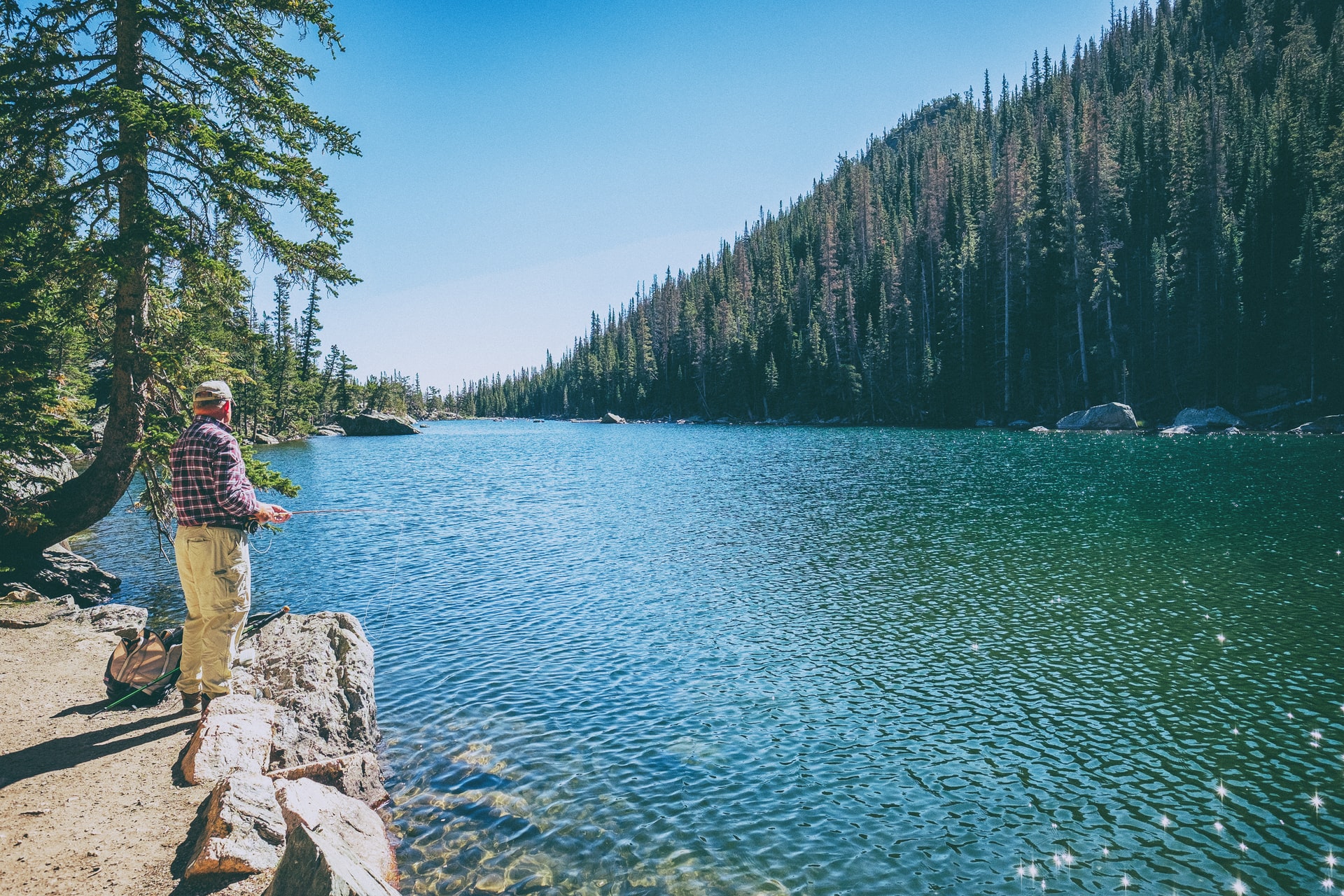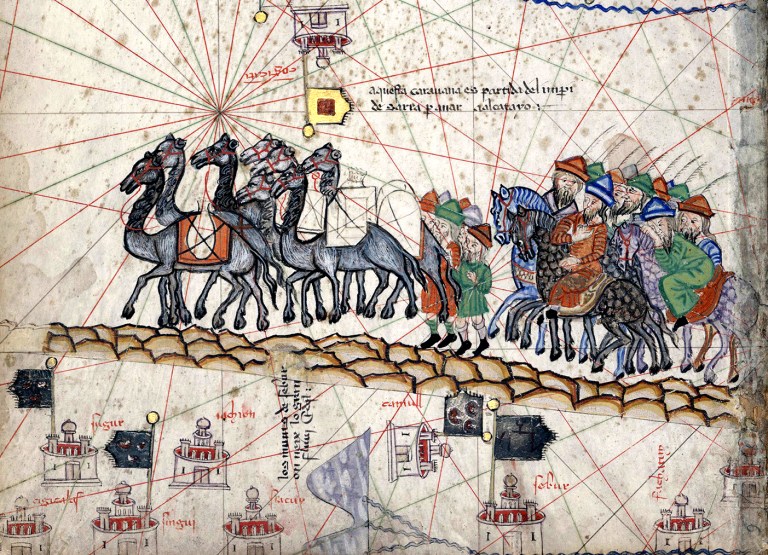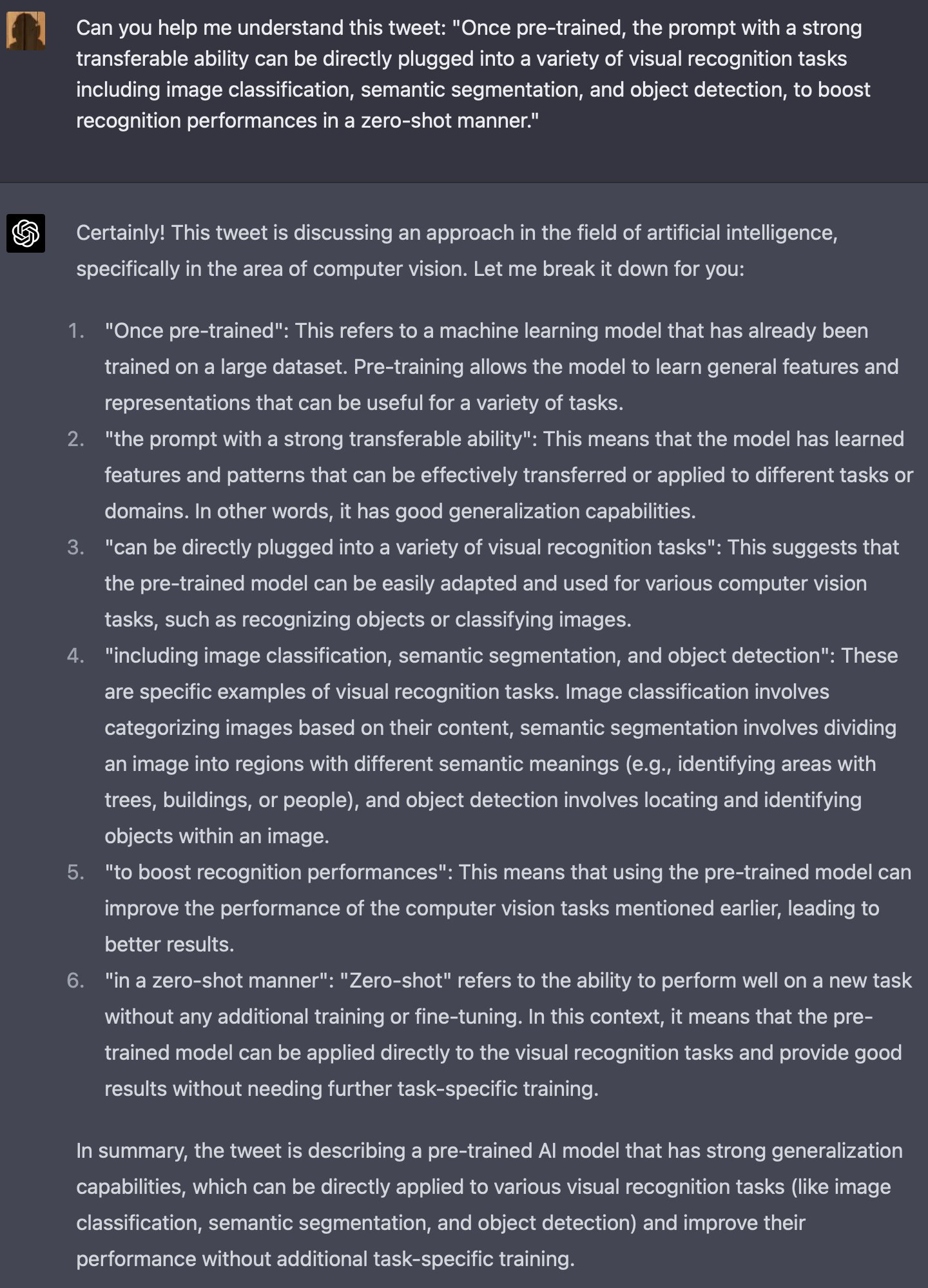Solopreneurs don't need viral content.
— Justin Welsh (@thejustinwelsh) April 11, 2023
Marketing is about getting on base every day.
- Familiar face
- Familiar name
- Familiar content
- Familiar opinions
It's cliché as hell but play Moneyball.
The poll has closed. Results are in.
— Andrew Gazdecki (@agazdecki) April 11, 2023
Team @acquiredotcom is sending team Twitter some cakes. https://t.co/2A35Gy0ioF
Build for customers, don't chase competitors.
— hiten.eth (@hnshah) April 11, 2023
Twitter is one of the best places to market yourself.
— Justin Welsh (@thejustinwelsh) April 11, 2023
But it requires:
- A great profile
- Consistent output
- Social networking
- Analysis and iteration
Here's how I'd add 5,000 followers if I only had 90 days:https://t.co/xi6yiSwQbl
To give you a sense of my "Moneyball":
— Justin Welsh (@thejustinwelsh) April 11, 2023
- 548 consecutive days
- 341,000+ followers
- 18,800 Tweets
- 200+ threads
Less than 1% of my content has gone "viral".
It's just reps.
Wow. Love that formula, Ben.
— Justin Welsh (@thejustinwelsh) April 11, 2023
Super overrated.
— Justin Welsh (@thejustinwelsh) April 11, 2023
I make more money on days when my content hits with my niche versus going ballistic with a bunch of people who have no interest in starting their own business.
I love that. That's such a stealable line. Ha.
— Justin Welsh (@thejustinwelsh) April 11, 2023
Wow. Love this, Sachin.
— Justin Welsh (@thejustinwelsh) April 11, 2023
For sure.
— Justin Welsh (@thejustinwelsh) April 11, 2023
You're right, Marc.
— Justin Welsh (@thejustinwelsh) April 11, 2023
Check it out: pic.twitter.com/vCShKJyt3u
A thought I have never once thought to myself:
— Dickie Bush 🚢 (@dickiebush) April 11, 2023
"I'm really glad I waited for the perfect time to get started."
Let's talk about Craigslist. Bootstrapped.
— Andrew Gazdecki (@agazdecki) April 11, 2023
With annual revenue of over $1 billion.
Without ever changing their design.
The site looks straight out of the '90s.
How did Craigslist become the internet behemoth that it is today?
Here's the story. 🧵 pic.twitter.com/HcqSGtz005
We launched Netflix 25 years ago this week. In celebration, I’ll be sharing some of my favorite memories—from the initial idea through the years I spent at the company.
— Marc Randolph (@mbrandolph) April 11, 2023
Welcome to the Netflix Chronicles.
We’ll start with the question I get asked more than any other: where did…
[Citation not needed]
— Ethan Mollick (@emollick) April 11, 2023
From training AI to search, Wikipedia is the source of so much information, thus having verifiable facts matters (though only 0.3% of readers click on citations)
This paper shows huge progress in adding good references to Wikipedia https://t.co/o2XwQZdvdy pic.twitter.com/0uXCooVY4u
It’s a fact of entrepreneurship that for every good idea, there are a thousand bad ones. And sometimes it can be hard to tell the difference. Personalized shampoo. Customized baseball bats. Customized dog food. These were all ideas I pitched to my co-founder Reed Hastings. I thought all these ideas were better than the one that would eventually become Netflix.
Order here: https://t.co/d6hER2dZNc
— Ducon.space (@duconspace) December 2, 2022
More here: https://t.co/CiP2TkPmNA pic.twitter.com/WS2pkjMNh0
People give up reporting crime when no action is taken or the criminal is immediately released. They actually call it “catch and release”.
— Elon Musk (@elonmusk) April 11, 2023
MELODY OF THE NIGHT - oil painting by L.Afremov - $168 free fast shipping worldwide https://t.co/kTmyBbIeCG pic.twitter.com/prs7MH2UFa
— Leonid Afremov (@afremovartcom) January 12, 2023
Seems like the trains are running at reasonable speed here. Suzhou to Zhengzhou still takes about 5 hours, but must say it's very comfortable. And the mobile network works perfectly too :) pic.twitter.com/Z2TwAjG45u
— Peter Vesterbacka (@pvesterbacka) April 11, 2023
The court proceedings will hopefully illuminate this matter
— Elon Musk (@elonmusk) April 11, 2023
Who cares. Have you been through a Federal criminal case? It takes years and the people you love give up on you and you break from stress and isolation and financial ruin until there's no reason to live anymore.
— Ari Teman (@AriTeman) April 11, 2023
I'm not suicidal but if I knew what the last 3 years would be like…
if you enjoy headaches, 10/10 recommend event planning! 🙃
— Meagan Loyst 🧚♀️ (@meaganloyst) April 11, 2023
X
— Elon Musk (@elonmusk) April 11, 2023
After 9 months writing online:
— Dickie Bush 🚢 (@dickiebush) April 11, 2023
• I had under 100 followers
• I wrote blogs no one read
• I was ready to give up entirely
But in the 2 years since then, I've added 380k followers & grew a newsletter to 70k readers.
So what changed?
These 6 "perspective hacks" ↓
3. Realize: no one on Earth is thinking about you as much as you think
— Dickie Bush 🚢 (@dickiebush) April 11, 2023
I still remember the first time I hit publish.
I expected a wave of criticism from every single person I ever met to pour into my inbox.
But much to my surprise, that didn't happen.
Here's what did:
I hit publish on that first blog post—and heard nothing but the internet's crickets of indifference.
— Dickie Bush 🚢 (@dickiebush) April 11, 2023
Turns out, these people I thought would read every word (mostly my high school friends) were way too busy thinking about themselves.
And now I think about this graphic daily: pic.twitter.com/GHms3ZtHFK
People don't want to learn from "experts."
— Dickie Bush 🚢 (@dickiebush) April 11, 2023
Why?
Because most "experts" are out of touch with beginners.
Instead, it's much easier to learn from someone a few steps ahead of you.
It's why 3rd graders always love to learn from 4th graders (not 8th graders).
Now for the last 2:
5. Optimize for progress, not perfection
— Dickie Bush 🚢 (@dickiebush) April 11, 2023
I thought before I started writing, I needed to have:
• The perfectly designed blog
• The perfectly optimized note-taking system
• The perfectly planned content calendar
Turns out, I didn't.
Here's why:
Chasing the "perfect" system is nothing but procrastination disguised as productivity.
— Dickie Bush 🚢 (@dickiebush) April 11, 2023
Truth is, you have no clue what the ideal system looks like—so you're going to waste hours building & rebuilding it.
And if this sounds like you, come back and read this thread later: https://t.co/ySNv1BKbV8
To recap, try these 6 "perspective hacks":
— Dickie Bush 🚢 (@dickiebush) April 11, 2023
1. Embrace the empty gym
2. Realize: no one is looking at you
3. You do not need to be an expert
4. Think in percentages, not absolutes
5. Optimize for progress, not perfection
6. Don't compare Step 1 to someone else's Step 9
Different casting techniques, baiting techniques, reeling techniques.
— Dickie Bush 🚢 (@dickiebush) July 28, 2021
You name it, he's bought the book on it.
And of course, he's watching the fishing channel every night for hours, learning from the best of the best.
A few months later, he finally feels ready to fish.
Turns out, the second fisherman had already sucked the lake dry.
— Dickie Bush 🚢 (@dickiebush) July 28, 2021
But on the eighth day? His first nibble.
— Dickie Bush 🚢 (@dickiebush) July 28, 2021
And every day after, he honed his technique.
He found a baiting technique that worked a bit better.
Or a new spot with a few more fish.
And after three weeks of iteration, he found the winning combination.
He did all of this while the first fisherman sat around gathering gear.
— Dickie Bush 🚢 (@dickiebush) July 28, 2021
Sure, the first fisherman felt productive. He was "learning" after all, right?
But there was one difference: feedback.
The moral of this story?
— Dickie Bush 🚢 (@dickiebush) July 28, 2021
Get to action as quickly as possible.
When you find yourself gathering gear, grab a shitty rod and start fishing.
Michael. https://t.co/yJooByLxHD I'd love to train your entire corporate team. This is a 80% productivity boost. https://t.co/n3LflBC6LP #ChatGPT #GPT4 https://t.co/4gvxsikYEh
— Paramendra Kumar Bhagat (@paramendra) April 11, 2023










